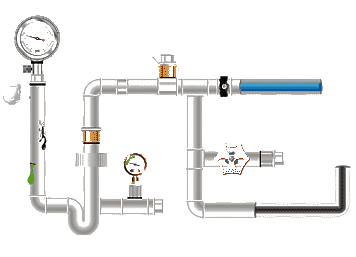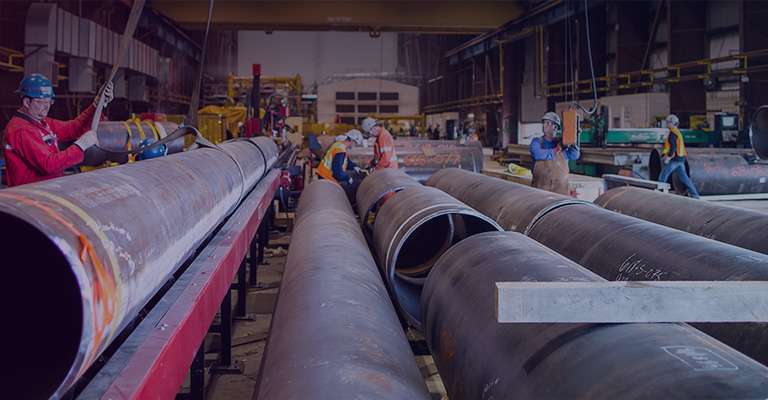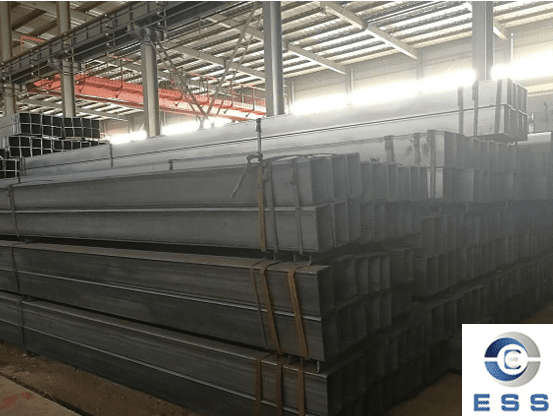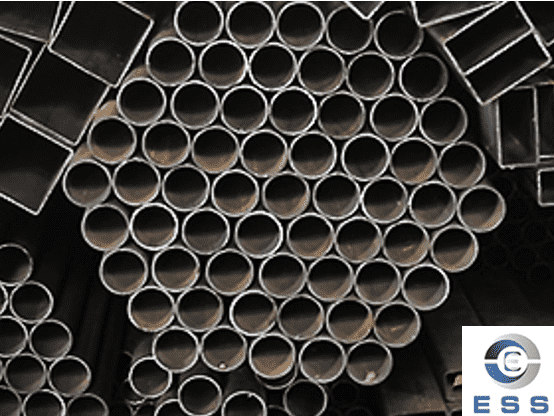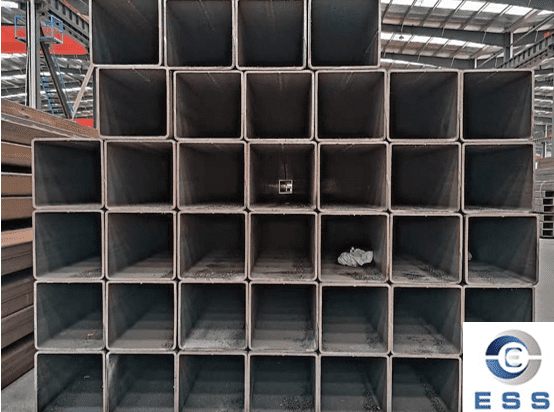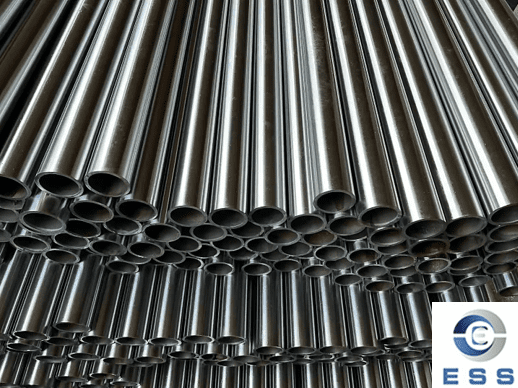
Hydraulic
tube and boiler tube are two common seamless steel pipes used in the industrial sector. Although they appear similar and are
both manufactured using seamless processes, they differ significantly in
material properties, application scenarios, and technical standards. The
following analyzes the differences between the two from five perspectives:
Core
Function Differences
1. Seamless
Hydraulic Tube
Seamless
hydraulic tube is designed specifically for hydraulic transmission systems,
primarily transporting high-pressure fluids (typically operating pressures of
20-50 MPa).
Typical
applications include hydraulic cylinders for construction machinery and
hydraulic stations for machine tools, requiring the pipe to remain stable under
pulsating pressure.
2. Seamless
Boiler Tube
Seamless
boiler tube generally refers to pipes used in thermal equipment and is commonly
used in the manufacture of various types of boilers, high-pressure pipes, steam
pipes, and heating pipes.
Because
these pipes must withstand high temperatures and high pressures, stringent
requirements are imposed on the steel pipe's thickness, strength, corrosion
resistance, and stability.
Chemical
Composition Comparison
|
Elements
|
Hydraulic
Tube (30CrMo)
|
Boiler
Tube (20G)
|
|
Carbon
(C)
|
0.26-0.34%
|
≤0.21%
|
|
Chromium
(Cr)
|
0.80-1.10%
|
-
|
|
Molybdenum
(Mo)
|
0.15-0.25%
|
-
|
|
Phosphorus
(P)
|
≤0.025%
|
≤0.030%
|
Hydraulic
tubes are enhanced by the addition of alloying elements such as Cr and Mo,
while boiler tubes prioritize weldability and control carbon content.
Mechanical
Property Comparison
1.
Tensile Strength
Hydraulic
tubes are generally ≥930 MPa (e.g., ASTM A519
standard), while boiler tubes are typically 410-550 MPa (GB3087 standard).
2.
Impact Toughness
Low-Temperature
Impact Energy at -20°C: Hydraulic tubes require ≥54J (to prevent brittle cracking), while boiler tubes are typically ≥35J.
Special
Manufacturing Process Requirements
1.
Cold Working Process
Hydraulic
steel tubes are mostly cold-drawn and finish-rolled (dimensional accuracy
reaches H9); boiler tubes are primarily hot-rolled (accuracy reaches H11).
2.
Heat Treatment
Hydraulic
tubes require quenching and tempering (quenching and high-temperature
tempering), while boiler tubes are typically normalized.
Comparison
of Inspection Standard Systems
1. Key
Inspection Points for Hydraulic Tubes
100%
eddy current testing;
High-pressure
burst testing (up to 1.5 times the working pressure);
Pulse
fatigue testing (over 500,000 cycles);
Surface
treatment typically includes phosphating or chrome plating to enhance wear
resistance.
2. Key
Inspection Points for Boiler Tubes
Ultrasonic
testing;
Expansion
test (expansion ratio ≥ 12%);
High-temperature
endurance strength test (500°C/1000h);
Grain
size typically must reach grades 5-8.
Comparison
of Applications
1.
Typical Applications for Hydraulic Tubes
Engineering
machinery
For
example, the hydraulic cylinders of excavators require pipes to withstand
frequent pulse pressure without fatigue cracking.
Aerospace
Hydraulic
control system pipes must meet -50°C low-temperature
impact resistance.
Injection
Molding Machine
High-pressure
injection molding systems require the inner surface of steel pipes to be
mirror-polished (Ra ≤ 0.4μm).
2.
Typical Applications of Boiler Tubes
Power
plant boilers
Economizers,
superheaters, and other components must withstand long-term corrosion from 400°C steam.
Chemical
Equipment
Waste
heat recovery systems require materials to resist sulfide stress corrosion.
Food
Industry
Steam
sterilization piping must comply with the hygiene standards of GB 150.2-2011.
FAQ
1.
Common Failures of Hydraulic Steel Tubes?
Fatigue
cracking caused by pulse pressure and pitting corrosion caused by acidic media
(the corrosion rate accelerates three times when the pH value is <5).
2.
What are Typical Problems with Boiler Steel Tubes?
Graphitization
and perforation due to oxygen corrosion caused by long-term overheating.
Summary
In
general, although hydraulic tubes and boiler tubes are both types of seamless
steel pipe, their manufacturing processes, applications, and performance differ
significantly. When purchasing, you need to choose the appropriate type of
steel pipe according to actual needs to ensure the quality and safety of the
entire project.









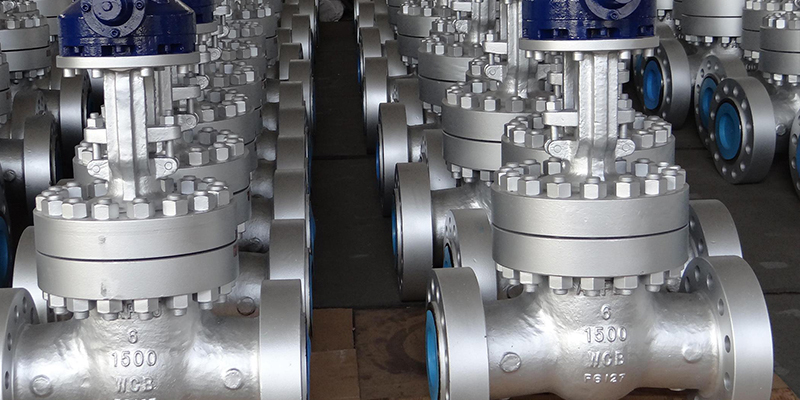
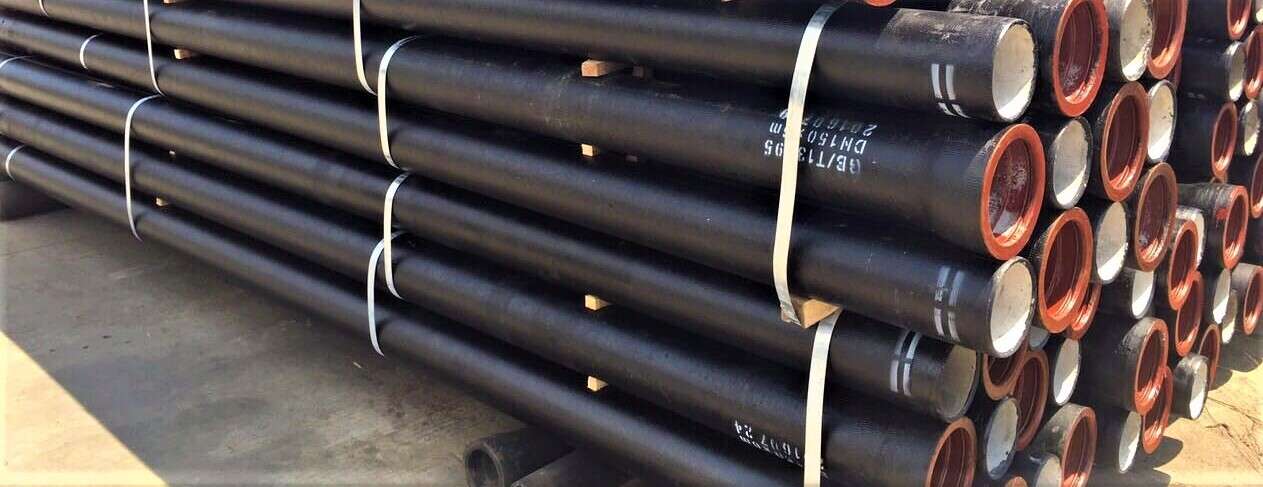


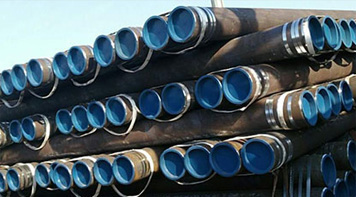 Eastern Steel Manufacturing Co.,Ltd not only improve product production and sales services, but also provide additional value-added services. As long as you need, we can complete your specific needs together.
Eastern Steel Manufacturing Co.,Ltd not only improve product production and sales services, but also provide additional value-added services. As long as you need, we can complete your specific needs together.
